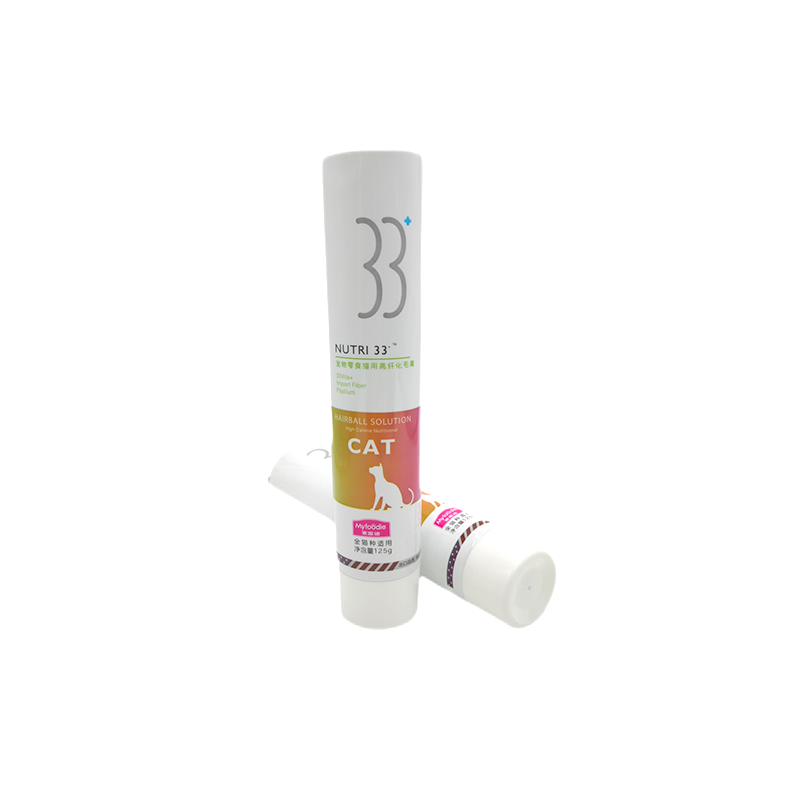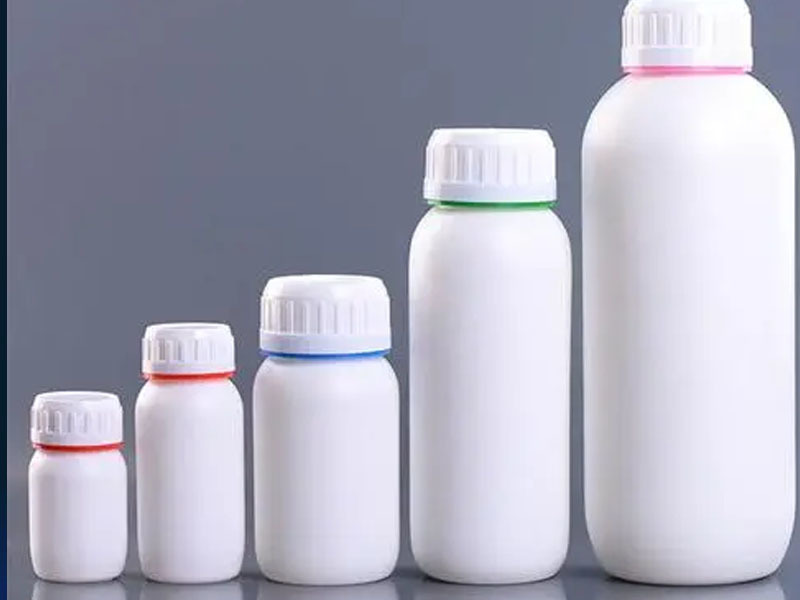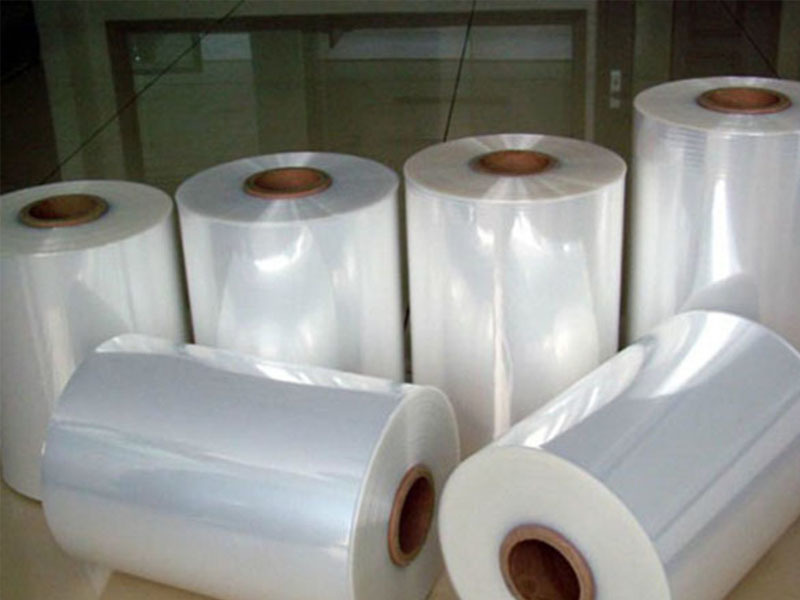Can paper alternative materials for plastic packaging reduce pollution and carbon?
Plastic has received numerous criticisms due to its widespread pollution and chemical composition
Oct 28,2022
Plastic has received numerous criticisms due to its widespread pollution and chemical composition, and is even considered the worst invention of the 20th century. In the process of moving towards a green, low-carbon, and circular society, the advantages of plastic materials are gradually being lost compared to other materials. The call for developing plastic substitute materials through technological innovation is constantly rising. In this context, the packaging industry is also attempting to replace plastic materials with paper materials to reduce pollution and carbon emissions. However, our current understanding of plastics still cannot curb the rapidly growing demand for plastic products. In the past 20 years, global plastic production has doubled, with over half of the plastic produced since 2004. This also indirectly reflects the wide range of uses of plastics. Will the production and use of plastic products inevitably bring pollution? Or can developing alternative materials to use plastic necessarily reduce pollution and carbon emissions? The answer is negative. We believe that plastic not only plays an important role in daily life, including helping to reduce food waste and maintain food quality, but also has enormous potential in improving resource efficiency, reducing pollution, and greenhouse gas emissions. The problem of plastic pollution is fundamentally caused by the imperfect recycling system, including the low economic efficiency of recycling and utilization. This requires us to take measures to increase the recycling and regeneration of plastics, avoid or reduce environmental leakage of plastics, and continuously improve the environmental performance of plastic products.
The packaging industry is the main application area of plastics
The application of plastics is mainly concentrated in the packaging industry, which is also the area where plastics cause the greatest environmental impact.
From an international perspective, plastic packaging materials come from resins, mainly including five main resins including PP, PE, PVC, ABS, and PS, accounting for approximately 67-75% of the total plastic production. In recent years, PE and PP resins mainly used for plastic packaging production account for 40% -45% of the total resin. PE is mainly divided into HDPE, LDPE, and LLDPE. PET is a polyester mainly used in the production of synthetic fibers in the textile industry, with the second largest application being plastic packaging.
Since the 1950s, there are two sectors worldwide that account for over 60% of plastic manufacturing and use: the packaging industry and the construction sector (as shown in the figure below), with plastic packaging alone accounting for 44.8% of the total plastic consumption. In the consumption of plastic packaging, food is the largest sector, accounting for about 70% of flexible packaging, followed by equipment packaging and drug packaging used in the soft drinks and medical sectors.
In China, packaging film accounts for almost 50% of all plastic packaging, and among plastic packaging films, PE packaging film is the largest, accounting for 65.2% (as shown in Table 1).
Although the main application area of plastics is in the packaging industry, paper packaging still dominates the entire packaging industry. Packaging products are divided into five categories based on materials: paper, plastic, metal, glass, and cork packaging. At present, paper packaging is the largest category in the packaging industry, and it has become the most widely used packaging material in the market due to its advantages such as easy processing, low cost, suitability for printing, lightweight and foldable, non-toxic, odorless, and pollution-free. Plastic packaging materials are the second most widely used.
Paper packaging materials may not necessarily be lower carbon and more environmentally friendly than plastic packaging materials
Plastic pollution has become an increasingly severe and global environmental problem and threat. Plastic pollution has been found worldwide, from deserts to farmland, from mountaintops to deep seas, from tropical landfills to Arctic snow and Antarctic snowfall, even in the most remote areas of the world. Plastic is also one of the sources of greenhouse gas emissions. In 2015, greenhouse gas emissions from plastics were estimated to be 1.7 billion tons of carbon dioxide equivalent (CO2e), which will account for 17% of global carbon emissions by 2050.
Given the global and notorious nature of plastic pollution, there is a trend in the industry to replace plastic packaging with paper packaging to reduce pollution and carbon emissions. One underlying premise is that the environmental impact of paper packaging materials is lower than that of plastic packaging. In fact, traditional paper packaging is not as low-carbon and environmentally friendly as people imagine, and it is also a high energy consuming and high polluting product.
The main reasons are as follows:
Firstly, the paper industry belongs to a high energy consumption, high pollution, and high emission industry. Fossil fuels account for over 80% of the fuel used, and their carbon emissions account for nearly 2% of China's total carbon emissions (1.67% in 2015), second only to high energy consuming industries such as electricity, petrochemicals, chemicals, building materials, steel, and non-ferrous metals. Therefore, they have become one of the first eight industries in China to be included in carbon trading. Moreover, the paper industry also generates and emits a large amount of pollutants, polluting water bodies and air.
Secondly, paper packaging can easily exacerbate the supply and demand pressure and contradictions of resources. Paper comes from natural resources, especially forest resources. China is a country with limited forest resources. With the increasing demand for paper products, the supply pressure of resources is constantly increasing. In 2020, the national production of paper and cardboard reached 113 million tons, with a consumption of 118 million tons. It is expected that the production and consumption of paper and cardboard will continue to grow in the coming period. At the same time, the production and consumption of paper products in China are increasingly dependent on the international market. Since 2003, China's import volume of pulp has been ranked first in the world, and the demand is increasing. Among them, the import volume of wood pulp reached 30.64 million tons in 2020, accounting for 72.8% of China's total wood pulp consumption, which has also led to significant contradictions between supply and demand in the entire market. By improving the recycling of waste paper and developing alternative ways to produce pulp using fast-growing plants such as straw and bamboo, it is beneficial to alleviate the supply-demand imbalance in the market. However, in the long run, with the introduction of the ban on waste and the increasingly fierce competition in the market for recycling waste paper, the paper industry faces both opportunities and challenges. Under the dual carbon goal, there is an increasing demand for energy conservation and carbon reduction in the paper industry. This not only accelerates the transformation and upgrading of the paper industry, but also makes paper companies pay more and more attention to the research and development of energy-saving and low-carbon technologies and the use of low-carbon clean materials in pulp production, chemical recycling, bleaching, waste heat recovery, waste paper utilization, cogeneration and other production processes.
Which is higher and lower in terms of environmental impact between paper packaging materials and plastic packaging materials?
Since both paper and plastic packaging materials can bring about resource and environmental issues, which one has a higher or lower environmental impact? The answer cannot be limited to a specific stage or phase, nor can it be generalized. Instead, it should be examined and approached from the perspective of the entire life cycle (LCA).
The US Environmental Protection Agency uses the WARM model, also known as LCA, to evaluate the environmental impact of materials. The emission factors of different materials are the amount of CO emitted from producing one ton of material, as shown in Table 2. The specific formula is:
Net emissions=refers to the emissions from manufacturing itself - (increased carbon stock+emissions from avoided facilities).
For example, if the use of plastic material PET is reduced at the source, the carbon emissions can be reduced by 2.39 tons of CO2 equivalent per ton. If recycled and reused, the CO2 equivalent emissions can be reduced by 1.15 tons.
3. Refer to data from the US Environmental Protection Agency. The adopted power grid emission factors are different.
From the table, it can be seen that although paper has good recyclability, it is likely to become an alternative to plastic packaging. However, considering the density ratio of paper to plastic, as paper is heavier than plastic, for the same product packaging, the environmental footprint (EF) of paper emissions is higher than that of plastic. In the recycling stage, although paper has a higher emission reduction, its EF value is still high, and its net emissions are still higher than plastic. During the incineration stage, its emissions are relatively low. Therefore, using paper has more advantages in the back-end disposal process, while the emissions in the upstream production and recycling process exceed those of plastic.
If polylactic acid (PLA) is used instead of plastic, the emissions during the production stage of PLA are higher than those of plastic at the same packaging weight factor, while the carbon emissions of PLA are lower than those of plastic in landfill disposal.
In the beverage industry, aluminum cans are also used as packaging, and their production stage emissions are higher than plastic. But in the regeneration stage, the emission reduction of aluminum cans is significantly higher. The emission reduction during the glass recycling stage is lower than that of plastic.
The McKinsey 2022 report "The Climate Impact of Plastics" selected over 200 different packaging material products for a full lifecycle comparison. It was found that the load-bearing capacity of a typical paper bag increased by approximately 25%, but it was about 6 times heavier than a typical HDPE bag (55 grams to 8 grams). Therefore, paper grocery bags have twice the production emissions of HDPE bags due to their higher raw material usage and transportation emissions. If the impact on post disposal and use (such as using "double layered bags") is taken into account, the difference in greenhouse gas impact between HDPE and paper bags further expands to five times.
The report also evaluated the greenhouse gas impacts of three types of plastic cups (EPS, PET, and PP) and compared them with paper and reusable glass cups (as shown in Table 3). The results indicate that EPS cups have the lowest greenhouse gas emissions due to their light weight. The greenhouse gas emissions of paper cups are similar to those of EPS cups because of their low production emissions. The coating of paper cups contains approximately 5% LDPE, which is considered a plastic blend material. For example, milk cartons in paper box houses and LDPE liners can enable paper cups to hold liquids. The discharge of reusable glass cups is very sensitive to the cleaning process, especially when choosing high temperature water and normal temperature water. Assuming a glass cup can be reused up to 500 times, it can be washed with hot water in a commercial dishwasher for 50 cups per batch. Compared to using room temperature water, the greenhouse gas emissions from using hot water are five times higher. Compared to EPS and paper cups, reusable glass cups have less greenhouse gas impact when cleaned with environmental water.
PET bottles have the lowest emissions due to their lightweight characteristics, including being lighter than aluminum cans and glass. But compared to these two materials, PET has a lower recycling rate and emits carbon during incineration, while aluminum and glass do not. Due to the greater impact of emissions during the production process, PET has the lowest emissions.
Where is the way to reduce emissions from plastic packaging materials?
Based on the above analysis, identifying the environmental and climate impacts of plastics requires a full lifecycle analysis, which cannot be limited to a specific stage or phase. To address the environmental impact of plastics, it is fundamentally necessary to enhance the recycling efforts of plastics, improve the recycling rate of plastics, rather than simply replacing them with paper materials. There is enormous potential to be tapped into, as 90.5% have not been recycled so far. On the other hand, we need to promote the transition to clean energy in the plastic production process. If 100% renewable energy is used in the plastic production process, emissions can be reduced by 51%.


















